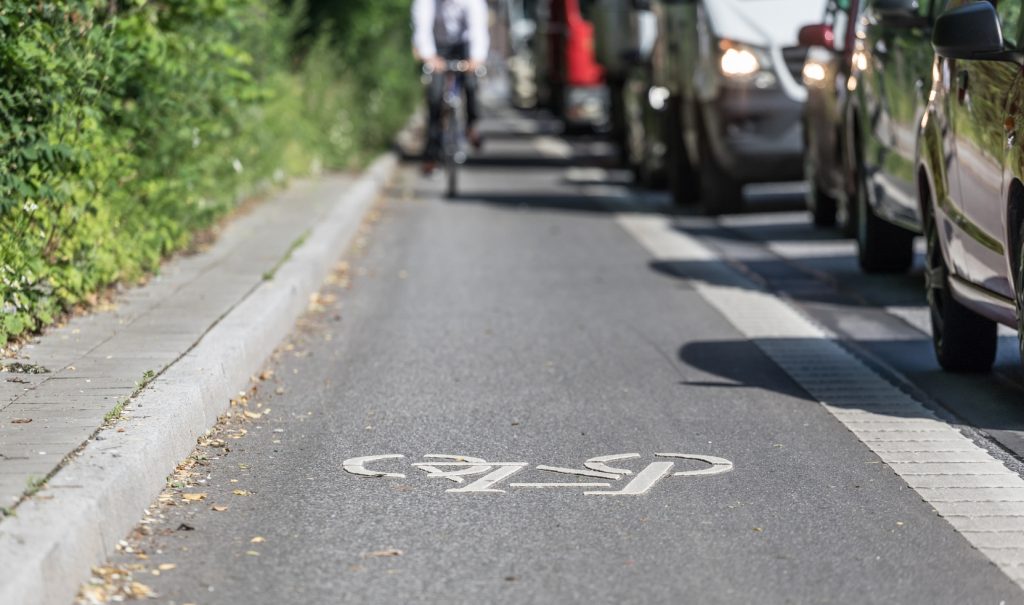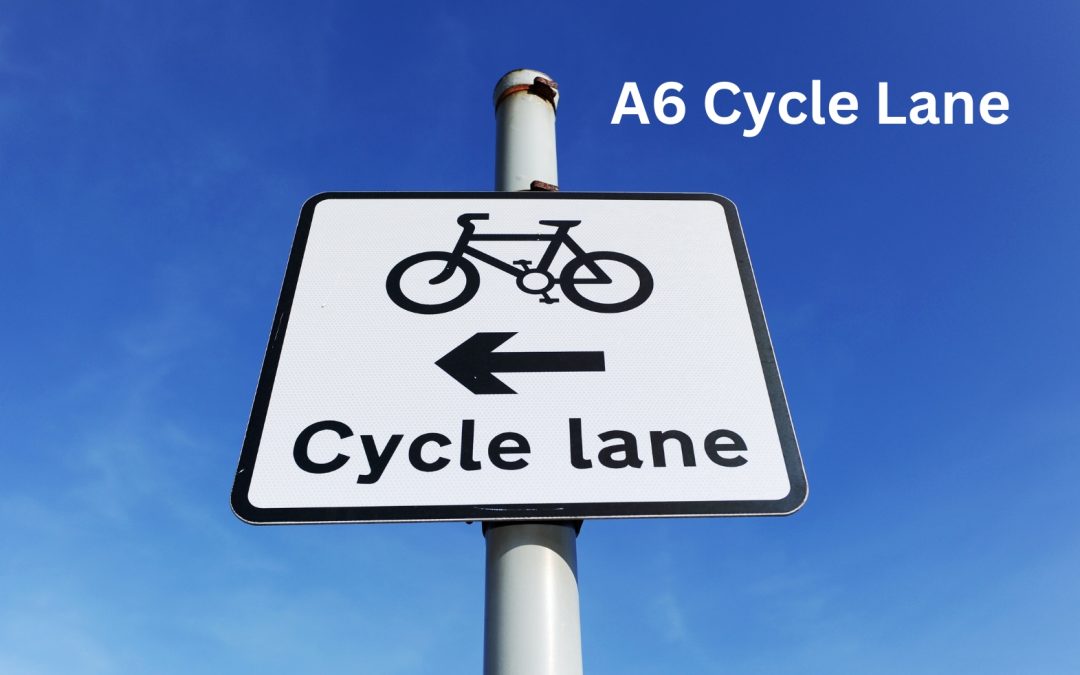As discussions heat up regarding the future of the A6, a critical transport corridor, the proposed introduction of cycle lanes has become a focal point of debate. With plans for extensive revamps that aim to improve transportation and provide a safer environment for cyclists, the community is left pondering the potential impact on traffic congestion. This article explores the implications of introducing an A6 cycle lane, including concerns over increased traffic and safety issues.
Understanding the A6 Cycle Lane Proposal
The A6 revamp initiative aims to enhance bus journeys along Wellington Road North, with a total investment of £15 million funded by the Greater Manchester City Region Transport Settlement. The overarching goal is to create a more sustainable transport system that accommodates cyclists while addressing the needs of motorists and public transport users.
Key Features of the A6 Revamp
- New Cycle Lanes: Proposed cycle lanes are set to be constructed along roads adjacent to the A6, designed to improve safety for cyclists.
- Additional Bus Lanes: The initiative includes creating 1.1km of new bus lanes to streamline public transportation and minimize delays for bus passengers.
- Safety Improvements: Plans also include more crossings along the A6 to facilitate safer passage for both pedestrians and cyclists.
While these proposals promise a more inclusive transport framework, concerns about traffic flow have been raised by local residents and council members alike.
Concerns Over Traffic Build-Up
The introduction of new cycle lanes on the A6 has sparked worries about how it might affect existing traffic patterns. As councillor Matt Wynne voiced at a recent town hall meeting, there are fears that pushing cyclists into less desirable routes could lead to dangerous situations, as they would be diverted onto “industrial estates” where safety measures may be lacking.
The Risk of Increased Congestion
With additional cyclists expected on the roads due to the new cycle lane proposal, many are questioning how this influx will affect overall traffic flow on the A6:
- Narrowing Road Space: The creation of dedicated cycle lanes may require narrowing existing road space or reallocating lanes designated for motor vehicles. This can lead to increased congestion during peak hours as drivers adjust to changing conditions.
- Longer Travel Times: If motorists find themselves stuck behind slower-moving bicycles or buses, this could exacerbate existing delays along this crucial route, particularly during busy commuting periods.
- Potential Backups: Traffic build-up is not just an inconvenience; it can lead to longer journey times and increased frustration for drivers who rely on this corridor for their daily commutes.
Advocating for Safe Cycling
While acknowledging these traffic concerns, it’s essential to balance them with the need for safe cycling infrastructure. Activists argue that segregated cycle lanes are critical for promoting cycling as a viable transportation option in Stockport.
Supporting Active Travel
Advocates highlight several benefits associated with improved cycling facilities:
- Encouraging Healthy Lifestyles: Promoting cycling can help combat sedentary lifestyles and encourage healthier habits among residents.
- Reducing Emissions: Increased cycling could lead to lower vehicle emissions as more people opt for bicycles over cars, contributing positively to environmental goals.
- Enhancing Accessibility: Well-designed cycle lanes provide better access for individuals who may rely on bicycles as their primary mode of transportation.
The Future of A6 Cycle Lane Developments
As plans progress, local authorities are tasked with ensuring that any changes implemented are considerate of all road users—cyclists, pedestrians, and motorists alike. Councillor Grace Baynham has indicated that further enhancements could be integrated into the A6 improvements if more funding becomes available in the future.
Looking Ahead: Planning for Balance
As Stockport moves forward with its transportation ambitions, it’s crucial that city planners consider how to harmonize cycling needs with motor vehicle traffic flow effectively. Engaging with community members through consultations is vital in establishing plans that take into account local feedback while working toward sustainable development goals.

Conclusion: Weighing Benefits Against Challenges
The introduction of an A6 cycle lane represents an important step toward modernizing Stockport’s transport infrastructure and fostering a culture of active travel. However, it is equally vital that stakeholders recognize potential challenges associated with increased traffic congestion resulting from these changes.
By addressing concerns around traffic build-up while investing in safe cycling infrastructure, Stockport can cultivate a balanced approach to urban mobility—one that embraces sustainable living while maintaining efficient transport systems. As discussions continue, it remains essential for residents and council members alike to voice their perspectives to ensure a future where all road users coexist safely and effectively along this significant corridor.
Stephen F is the publisher of this website, he is a long term resident of Stockport. Over the years he has explored every area within Stockport from the Merseyway Shopping Centre to the Etherow Country Park trails.
He can often be found on a lazy Saturday morning frequenting one of Stockport's many coffee shops sipping his favourite latte.
One of his big passions is to go for long country walks with his pet golden retriever Lottie.
One thing is certain he knows Stockport!

